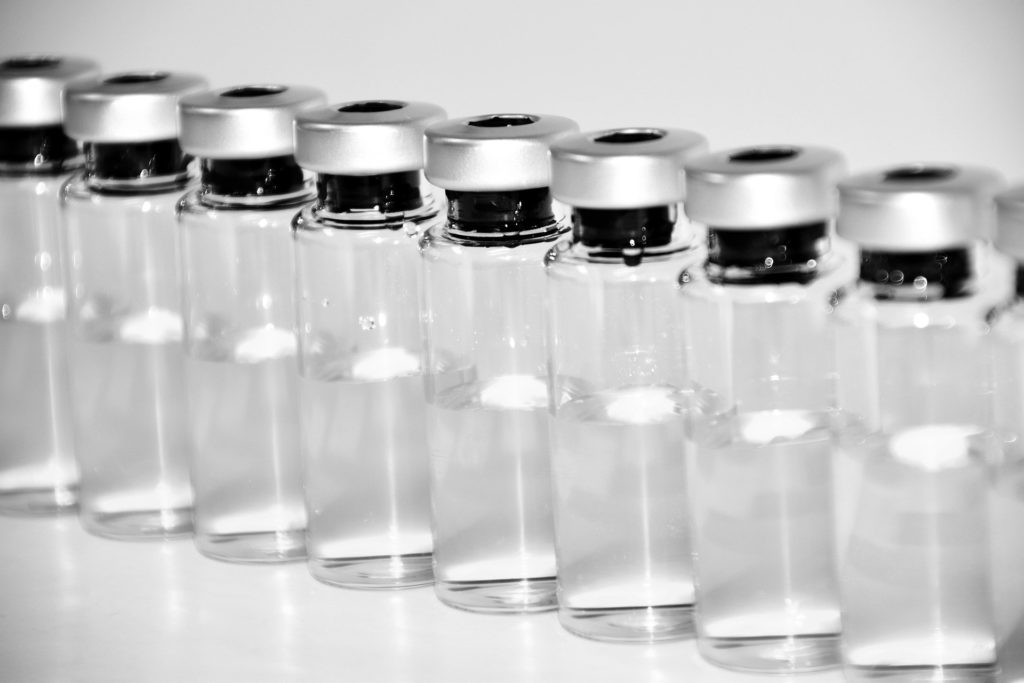In early April, Anna Sureda’s group published in the journal Lancet Hematology a reflection on the management of cancer patients in the days of Covid-19. The pandemic was arriving when the team wrote the article, and to deal with it the health care personnel and the patients must organize. Now after a few weeks, we have spoken with the group to know what motivates them to make this reflection, how they have been managing the different measures that they implemented, and what conclusions they are drawing.
Dr. Alberto Mussetti, the first author of the article, works with Sureda in the IDIBELL group of Hematopoietic Sistem Tumors and the ICO Clinical Hematology Service. Mussetti is Italian and had previously been working in Milan. When the big wave of the pandemic was yet to come here, he already had received information from his former colleagues that indicated the need to create a plan to manage onco-hematological patients. At that time the information from Italy and Asia was very valuable to know what was coming and how to face it. Dr. Clara Maluquer indicates that, at the time of writing the article, doctors and hospital services were initiating the organization plan, but patients, especially cancer patients, also had to be organized as they possibly had a higher risk of infection by Covid-19 or a worst prognosis.
Cancer patients are immunosuppressed as a result of the treatments received for their disease, this makes them especially sensitive to infections such as SARS-CoV-2, also, usually, they are elderly patients, which is another risk factor. To protect these patients, and avoid the further collapse of a system, the article made three basic recommendations: postpone visits of cancer patients that can be postponed, create physical barriers between these patients and Covid-19 patients, and finally, enhance the use of telematic and telemedicine tools.
Postpone everything that can be postponed
Dr. Anna Sureda indicates that each case has been evaluated separately, making a balance between risk and benefit, “Cancer is a disease that can be fatal, so that, to what extent do we assume the risk of Covid-19 and to what extent does the risk of cancer itself? ” she asks.
During these weeks, Dr. Mussetti has been collecting data about how the recommendations were affecting the Clinical Hematology Service, data with which he is preparing an article. He tells us that the decrease in visits has been very significant, the first visits have dropped to 50-60% and the treatments that could wait a few weeks have decreased. The first visits patients are those who still do not have a diagnosis, and due to the situation, they avoid going to the hospital for fear, this has implicated a delay in the diagnosis and the first visits.
Dr. Clara Maluquer tells us about a very special case, clinical trials. She explains that these studies involve patients who do not have as many treatment options, and therefore, in many cases, the postponement was not feasible. However, she assures that many of these trials have stopped recruitment to not test new molecules with unknown side effects and unknown immunosuppression effects. All with the aim of not overloading a system that was already very tense.
Physical barrier
In Lombardy, two cancer institutes had been assigned as coronavirus-free centers, where they did not treat Covid-19 patients. In the recommendations made in the article, it had also been proposed to create some type of physical barrier that would prevent contact between cancer and Covid-19 patients.
The distribution of the Bellvitge campus hospitals has been an advantage, the Duran and Reynals Hospital, where the ICO is located, is separated by a highway from the Bellvitge Hospital, where the viral load was higher. This has allowed the creation of an isolated compartment since cancer patients did not go through the Bellvitge Hospital.
Telemedicine
The researchers assure that all the services of the Hospital have tried to change all the most visits possible to telephone visits, analysis indicates that these have increased up to 500-600% in recent weeks.
The team has already started an initiative to implement a Covid patient monitoring by a smartphone application. It is a non-invasive tool, where diagnosed patients will monitor different medical parameters such as blood pressure, heart rate, or blood oxygen saturation. This will allow doctors to monitor their patients exhaustively and remotely.
Mussetti compares the Covid pandemic to a tsunami that devastates everything, and now that it seems that the worst is over, we can begin to assess the damage, study the effect of the measures taken, and value what we have learned. Anna Sureda indicates that they have had to learn very quickly, but that probably many of the new lessons have entered to stay, as is the case of the use of new technologies in medicine.

